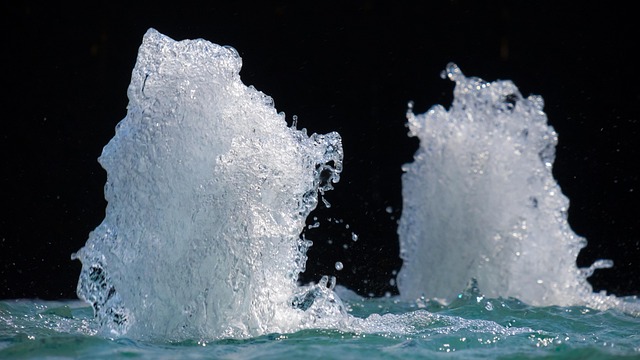Low water pressure can be tackled with simple troubleshooting like checking and replacing faucet aerators, inspecting pipes for leaks or corrosion, upgrading outdated equipment, cleaning mineral buildup, and ensuring valves are fully open. Regular maintenance is key to preventing future issues and maintaining optimal water pressure throughout your home's plumbing system. Learn these steps on how to increase water pressure effectively.
Are you experiencing low water pressure at home? This common issue can be frustrating, affecting your daily routines from taking a shower to doing laundry. Understanding the root causes is key to fixing the problem.
This article breaks down the most frequent reasons for water pressure drop and provides practical solutions. Learn how to troubleshoot and optimize your water pressure, ensuring a steady and powerful flow throughout your home. Discover expert tips on how to increase water pressure effectively.
- Understanding Water Pressure Issues: Common Causes
- Troubleshooting and Fixing Low Water Pressure
- Strategies to Increase and Maintain Optimal Water Pressure
Understanding Water Pressure Issues: Common Causes

Water pressure issues are common problems faced by many homeowners, leading to concerns about how to increase water pressure. Understanding the root causes is the first step in addressing this issue effectively. Several factors contribute to low water pressure, and identifying them is crucial before implementing any solution.
The most typical causes include faulty plumbing, outdated pipes, leaks within the system, or improper pressure regulator settings. For instance, corroded pipes can restrict water flow, while mineral buildup in pipes or water heaters may cause clogging. In some cases, the issue might be as simple as an air bubble in the system, which can easily be fixed by flushing the pipes. Identifying and addressing these problems is essential for restoring optimal water pressure and ensuring a steady flow throughout your home.
Troubleshooting and Fixing Low Water Pressure

Low water pressure can be a frustrating issue, but luckily, troubleshooting and fixing it is often a straightforward process. Start by checking your faucet aerators—a buildup of mineral deposits or damage can restrict water flow. Cleaning or replacing them might significantly boost pressure. Next, examine pipes for leaks, corrosion, or clogs; these issues can cause significant pressure drops. Repairing or replacing damaged pipes and clearing blockages will help restore optimal water pressure.
For a more comprehensive solution, consider the main water supply line. Over time, pipes can become narrowed or blocked, restricting water flow to fixtures. Inspect and clean or replace these lines as needed. Additionally, check your water heater; sediment buildup can reduce its efficiency, impacting overall water pressure. Regular maintenance and cleaning of your water heater can prevent this from happening. If the problem persists, consult a professional plumber for further diagnostics and repairs. Learning how to increase water pressure through these simple steps can ensure a steady and strong flow in your home.
Strategies to Increase and Maintain Optimal Water Pressure

To increase and maintain optimal water pressure, start by inspecting your pipes for any leaks or corrosion that could be restricting the flow. Regular maintenance and immediate repair of these issues are crucial to preserving water pressure. Next, consider upgrading your water heater and pressure regulator if they are outdated. Modern appliances often come with advanced features designed to enhance water pressure distribution.
Additionally, check the condition of your plumbing fixtures, such as faucets and showerheads. Mineral buildup or debris can obstruct water flow, leading to reduced pressure. Regular cleaning or replacement of these components can significantly improve your home’s water pressure. Lastly, ensure that all valves are fully opened, especially those near the main water supply, to allow for unobstructed water flow throughout your plumbing system.
Water pressure problems can significantly impact your daily routines, but understanding the causes and implementing effective solutions can restore optimal pressure levels. By identifying common issues like worn-out pipes, aerators, or faulty valves, you can begin troubleshooting and fixing low water pressure. Additionally, adopting strategies to increase and maintain water pressure—such as pressure regulators, water softeners, or proper flushing techniques—will ensure a steady flow for various household activities. Equip yourself with these knowledge points, and take proactive steps towards enhancing your water pressure today.
